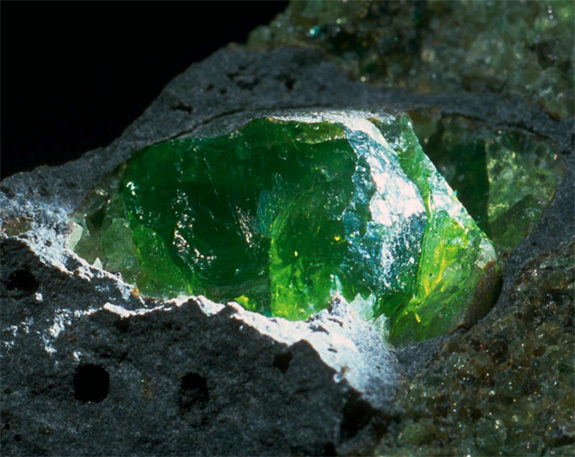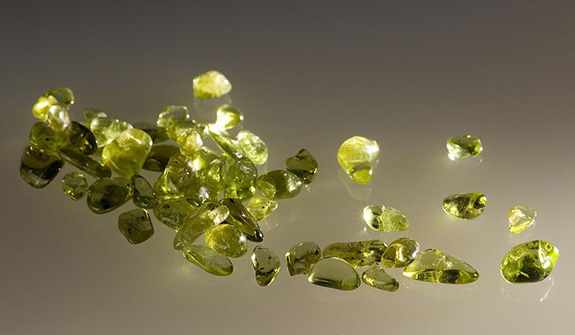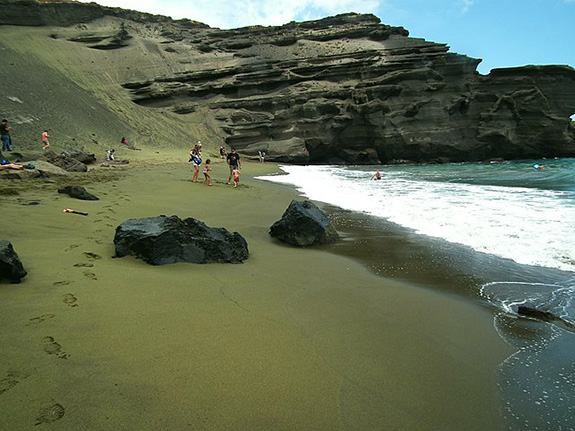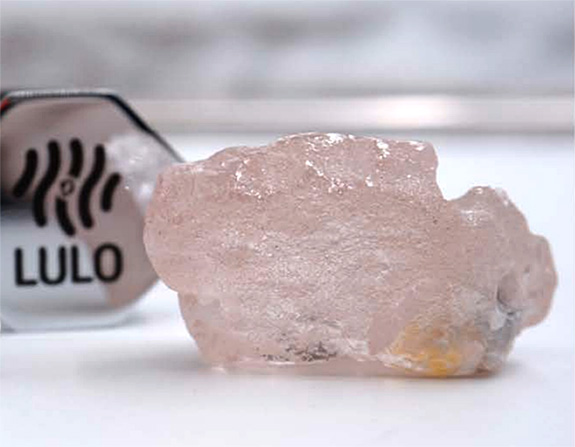Welcome to Music Friday when we bring you fabulous songs with jewelry, gemstones or precious metals in the title or lyrics. Today, rock legend Paul Simon tells the story of an unlikely romance between a poor boy and a rich girl in New York City. Simon says the boy is as "empty as a pocket" and she's got "diamonds on the soles of her shoes."
The meaning behind the gem-embellished footwear has been hotly debated since Simon first performed "Diamonds on the Soles of Her Shoes" on Saturday Night Live in 1986. Do the diamonds simply symbolize conspicuous consumption or is there something much deeper that the singer-songwriter wanted to convey?
Simon sings, "People say she’s crazy / She’s got diamonds on the soles of her shoes / Well, that’s one way to lose these / Walking blues / Diamonds on the soles of her shoes."
Some critics see the girl in Simon's story as an unlikeable character who is so rich she can afford to set diamonds into the bottoms of her shoes. Others believe she is metaphorically hiding her wealth.
But, perhaps Simon has created an enchanting character who sees the best in everything. One contributor to songmeanings.com compared wearing diamonds on the soles of one's shoes to looking at the world through rose-colored glasses.
"Everywhere you go, your interaction is done through the diamonds on your shoes," he wrote, "and diamonds as a symbol of wealth, happiness and love mean you are interacting with your world through a constant 'happy' filter, you have a skip to your step, you are happy."
The same writer believes the poor boy may have not been poor in the literal sense of the word. He wears ordinary shoes, which may mean he's just poor in spirit.
After a night of dancing, the couple falls asleep in a doorway on Upper Broadway in Manhattan. At that point, the lyrics change. They're now wearing diamonds on the soles of "their" shoes. The poor boy has finally discovered love and true happiness.
"Diamonds on the Soles of Her Shoes," which features guest vocals by a South African group called Ladysmith Black Mambazo, was released as the fifth track on Simon's wildly successful Graceland album. Frequently cited as one of the best albums of all time, Graceland sold more than 14 million copies and won the 1987 Grammy for Album of the Year.
Born in Newark, NJ, and raised in Queens, NY, the 80-year-old Simon is one of the world's most accomplished singer/songwriters. He’s won 12 Grammy Awards and has been inducted into the Rock and Roll Hall of Fame twice (once as a solo artist and the other time as half of Simon & Garfunkel). He also was named by Time Magazine as one of the “100 People Who Shaped the World.”
Trivia: The brainy Simon attended Brooklyn Law School for one semester in 1963.
Please check out the video of Simon's live performance of "Diamonds on the Soles of Her Shoes" at The African Concert in 1987. The lyrics are below if you'd like to sing along…
"Diamonds on the Soles of Her Shoes"
Written by Paul Simon and Joseph Shabalala. Performed by Paul Simon with Ladysmith Black Mambazo singing group.
(a-wa) O kod wa u zo-nge li-sa namhlange
(a-wa a-wa) Si-bona kwenze ka kanjani
(a-wa a-wa) Amanto mbazane ayeza
She’s a rich girl
She don’t try to hide it
Diamonds on the soles of her shoes
He’s a poor boy
Empty as a pocket
Empty as a pocket with nothing to lose
Sing, Ta na na
Ta na na na
She got diamonds on the soles of her shoes
Ta na na
Ta na na na
She got diamonds on the soles of her shoes
Diamonds on the soles of her shoes
Diamonds on the soles of her shoes
Diamonds on the soles of her shoes
Diamonds on the soles of her shoes
People say she’s crazy
She’s got diamonds on the soles of her shoes
Well, that’s one way to lose these
Walking blues
Diamonds on the soles of her shoes
She was physically forgotten
Then she slipped into my pocket
With my car keys
She said, “You’ve taken me for granted
Because I please you
Wearing these diamonds”
And I could say, Oo oo oo
As if everybody knows
What I’m talking about
As if everybody here would know
What I was talking about
Talking about diamonds on the soles of her shoes
She makes the sign of a teaspoon
He makes the sign of a wave
The poor boy changes clothes
And puts on aftershave
To compensate for his ordinary shoes
And she said, “Honey take me dancing”
But they ended up by sleeping
In a doorway
By the bodegas and the lights on
Upper Broadway
Wearing diamonds on the soles of their shoes
And I could say Oo oo oo
And everybody here would know
What I was talking about
I mean, everybody here would know exactly
What I was talking about
Talking about diamonds
People say I’m crazy
I got diamonds on the soles of my shoes
Well, that’s one way to lose
These walking blues
Diamonds on the soles of your shoes
Credit: Photo by Matthew Straubmuller (imatty35), CC BY 2.0 https://creativecommons.org/licenses/by/2.0, via Wikimedia Commons.




